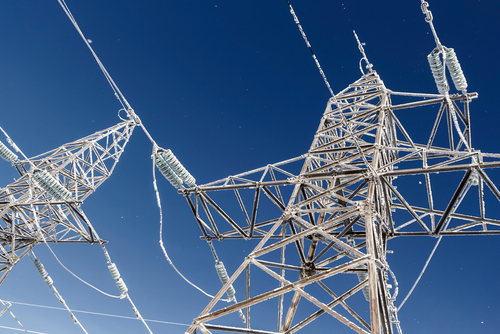
PJM Interconnection, along with its member utilities, announced Thursday they have taken multiple steps to prepare for winter, including making multiple improvements.
The grid operator in 13 states and the District of Columbia, PJM expects to have more than 181,000 MW of resources ready to meet an expected peak demand of nearly 137,000 MW, plus an average forecast of just under 4,000 MW of electricity exports to neighboring systems. Officials with PJM said the system should also remain reliable under several extreme and less likely scenarios, like lower levels of gas and/or renewable generation, higher electricity demand and increased exports.
“PJM has further strengthened winter preparations focused on grid reliability for the 65 million people we serve,” PJM President and CEO Manu Asthana said. “The actions we have taken have improved communications with generators, increased accountability for generator reporting and testing, and laid the foundation for market changes that will further incentivize reliable generator performance.”
In 2023, PJM implemented winter readiness measures beyond its annual Cold Weather Preparation Guideline and Checklist, as well as other operations and planning steps. The steps were implemented after Winter Storm Elliott in December 2022, and other extreme weather events, which strained the grid, officials said. PJM’s all-time winter peak was set Feb. 20, 2015 at 143,295 MW.
Winter Storm Elliot’s event analysis included 30 separate recommendations. PJM said it has made a number of improvements surrounding generator performance and overall cold weather reliability, including: Improved generator reporting requirements; adjusted short-term forecasting to capture long-term extreme weather trends, and enhanced communication protocols with generation owners before and during cold weather events.
“The experience from Winter Storm Elliott last year provided a number of valuable lessons learned for both PJM and generation owners,” Michael Bryson, senior vice president of operations, said. “Going into this winter, we have more information at our fingertips, and we have acted together to improve generator preparation, communication, scheduling and performance.”